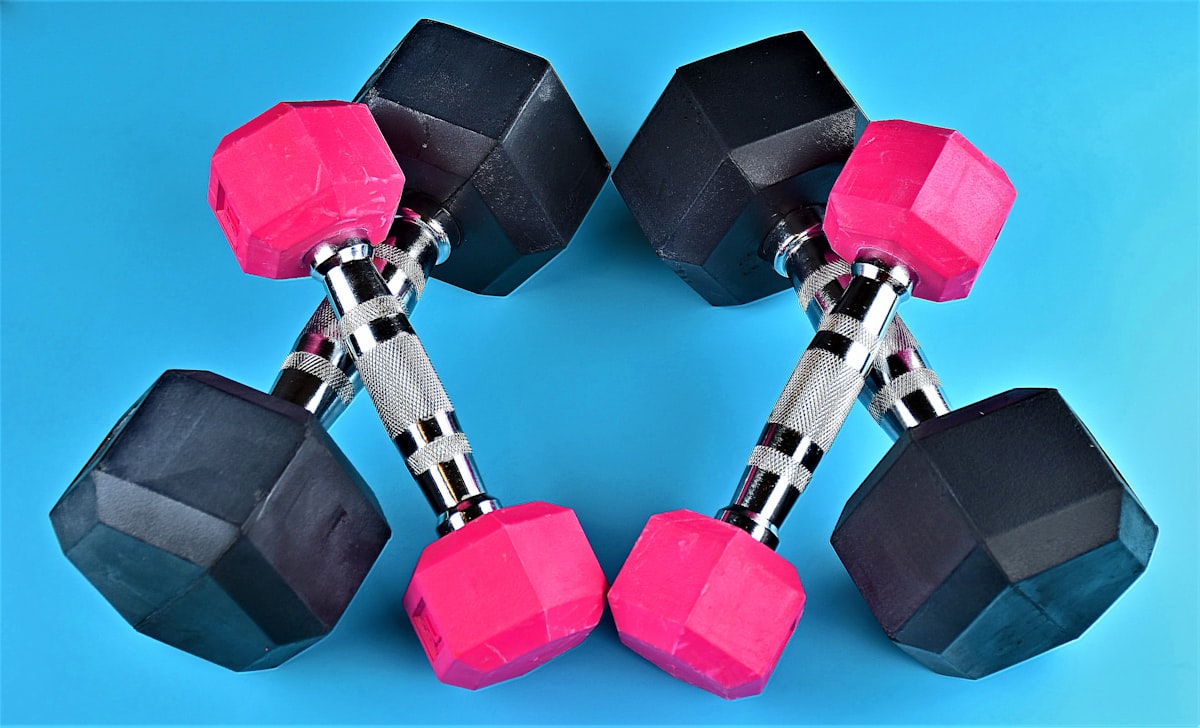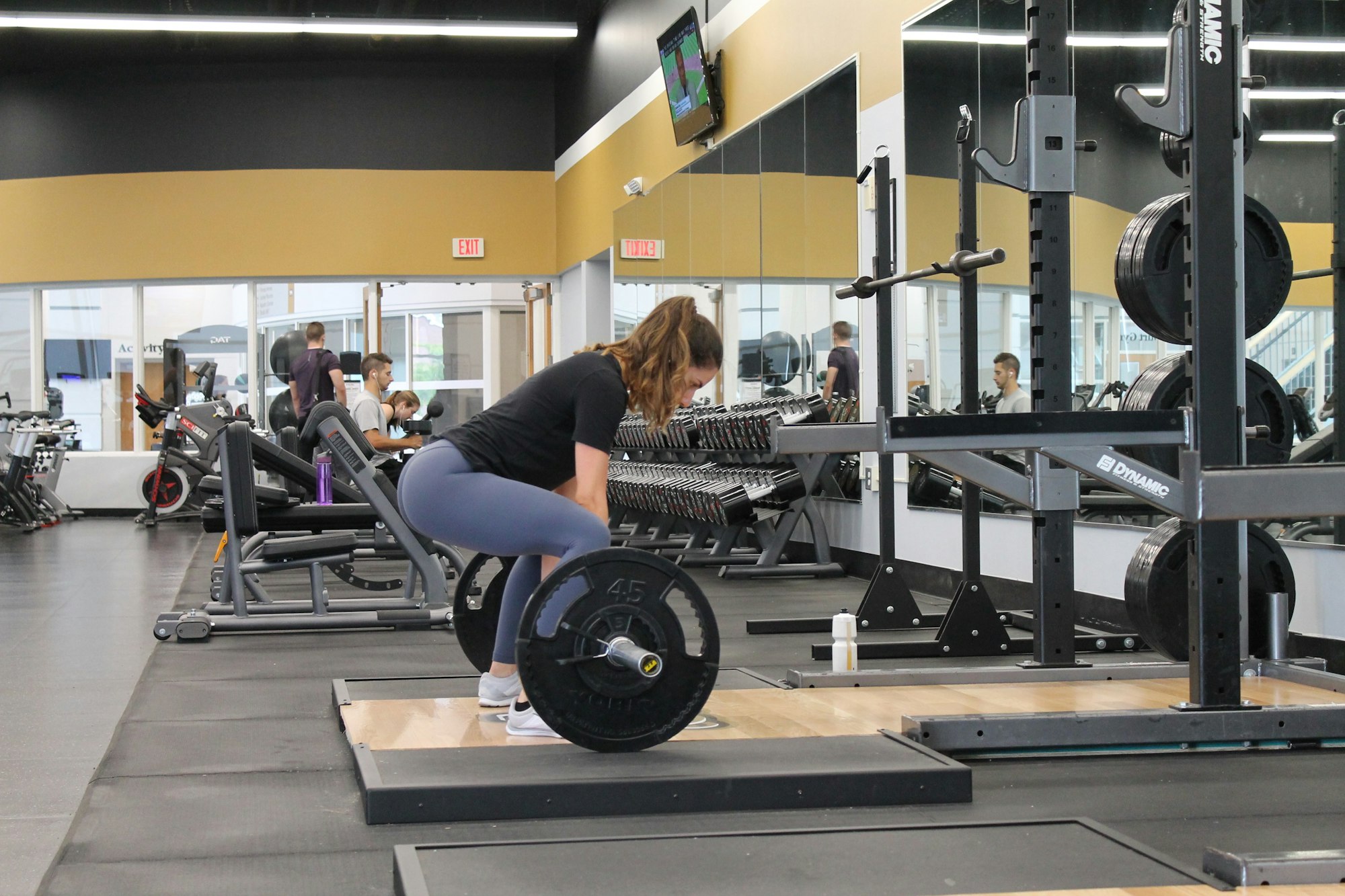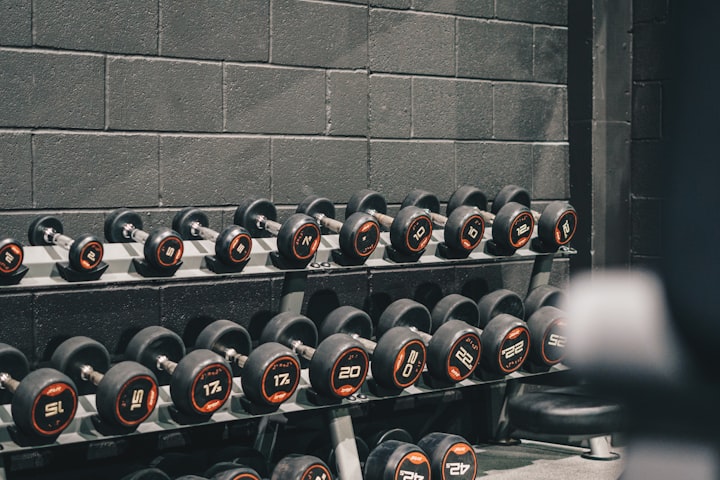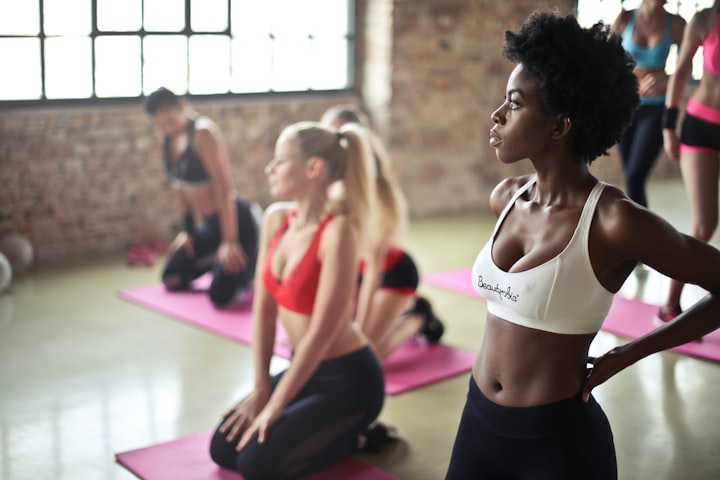A Wide Range of Dumbbell Rowing Exercises to Meet Your Individual Fitness, Workout, and Lifestyle Requirements
Dumbbell rows are an excellent exercise to strengthen imbalances, improve muscular strength, and work the back from a variety of angles.

Dumbbell rows are an excellent exercise to strengthen imbalances, improve muscular strength, and work the back from a variety of angles. There are several variations of dumbbell rowing exercises, including Barbell Row, Reverse-Grip Barbell Row, Dumbbell Row, One-Arm Dumbbell Row, Externally Supported Single-Arm Row, and Single-Arm Dumbbell Row.
Whether you're experiencing lower back pain or are having trouble with your form, one of these variations on the dumbbell row is sure to help you build your upper body in a way that feels good.
What are Dumbbell Rowing Exercises?
Dumbbell rowing exercises are strength-training exercises that primarily target the muscles of the back and shoulders. These exercises involve pulling a dumbbell up towards the chest or shoulder, using the muscles of the back and shoulders to perform the movement. Most common dumbbell rowing exercises, include:
- One-arm dumbbell row: Stand with one foot forward and one foot back, with a dumbbell in one hand. Bend forward at the waist, keeping the back straight, and pull the dumbbell up towards the side of the chest. Lower the dumbbell back down and repeat for several repetitions before switching sides.
- Bent-over dumbbell row: Stand with feet shoulder-width apart and a dumbbell in each hand. Bend forward at the waist, keeping the back straight, and pull the dumbbells up towards the sides of the chest. Lower the dumbbells back down and repeat for several repetitions.
- Incline dumbbell row: Lie face down on an incline bench, with a dumbbell in each hand. Pull the dumbbells up towards the sides of the chest, using the muscles of the back and shoulders to perform the movement. Lower the dumbbells back down and repeat for several repetitions.
- Renegade row: Start in a push-up position, with a dumbbell in each hand. Pull one dumbbell up towards the side of the chest, while keeping the other hand on the ground. Lower the dumbbell back down and repeat with the other hand.
Exercises involving dumbbell rowing can be a useful approach to increase back and shoulder strength and muscle mass. It's crucial to employ excellent technique and begin with a weight that is suitable for your current level of strength before escalating the weight as you gain more strength.

In order to achieve your objectives, satisfy your physical needs, and boost your mental disposition. Each narrative explains a basic exercise and provides a variety of variations on the motion that can be tailored to your fitness level, energy level, ailments, and muscle groups of interest. So leave your pride at the door and adjust your workouts accordingly.
It's easy to neglect less flashy muscle groups, like your upper back, when the fitness culture is obsessed with having muscular booties that can deadlift large weight plates and abs that can handle viral plank challenges. Skipping back day may have practical consequences, as these muscles are used for everyday tasks like opening heavy doors and lifting large laundry baskets off the floor.
You can give your upper back the care it needs by? Start including dumbbell rows, in which you hinge at the hips and pull a pair of dumbbells to your rib cage, into your workout program. Standard exercises can improve posture by strengthening the lats and rhomboids. In addition, you'll need to engage your core to prevent your lower back from rounding when you hinge.
Don't worry if the traditional dumbbell row sounds too challenging, too easy, or too painful; there are several convenient dumbbell row modifications you can perform to achieve the same goals. Beginners who are still working on perfecting their form and advanced lifters who are ready to increase their load can both benefit from a bench-supported variation of the dumbbell row. Dumbbell row variants can also be helpful for people who want to correct muscle imbalances or who have a propensity to slouch. Dumbbell row variations aim to mitigate lower back sensitivity, thus they are a good option for people who already have it. Even though it goes without saying, there is no harm in adapting a move to meet your own demands and fitness objectives.
Photo by Alora Griffiths / Unsplash
Equipments Needed
To perform dumbbell rowing exercises, you will need the following equipment:
- Dumbbells: Choose a set of dumbbells that are appropriate for your strength level and the specific exercise you are performing. You may want to start with a lighter weight and gradually increase the weight as you build strength and confidence.
- Bench or sturdy surface: You will need a bench or other sturdy surface to support your body as you perform the exercise. You can also perform the exercise while standing, using a table or other sturdy surface for support.
- Mat or towel: You may want to use a mat or towel to provide padding and support for your knees and wrists.
- Water bottle: It's important to stay hydrated during exercise, so be sure to have a water bottle on hand.
Wrist wraps, lifting straps, and weightlifting gloves are further accessories that may be useful. When utilizing bigger weights, these might be very helpful because they can give grip and support for your hands and wrists.
Dumbbell rowing activities require a little amount of equipment, which makes them a convenient and affordable exercise choice for people of all fitness levels.
Tutorial on the Dumbbell Row
Here are tutorials for several dumbbell rowing exercises:
Bent-Over Dumbbell Row
- Stand with your feet shoulder-width apart, holding a dumbbell in each hand with your palms facing your body.
- Hinge forward at your hips, keeping your back straight and your core engaged.
- Bring the dumbbells up towards your chest, squeezing your shoulder blades together.
- Lower the dumbbells back down to the starting position and repeat for several reps.
One-Arm Dumbbell Row
- Kneel on a bench or other sturdy surface with one knee and one hand, holding a dumbbell in your other hand with your palm facing your body.
- Keeping your back straight, bring the dumbbell up towards your chest, squeezing your shoulder blade.
- Lower the dumbbell back down to the starting position and repeat for several reps before switching to the other arm.
Single-Arm Bent-Over Row
- Stand with your feet shoulder-width apart, holding a dumbbell in one hand with your palm facing your body.
- Hinge forward at your hips, keeping your back straight and your core engaged.
- Bring the dumbbell up towards your chest, squeezing your shoulder blade.
- Lower the dumbbell back down to the starting position and repeat for several reps before switching to the other arm.
Renegade Row
- Start in a push-up position with your hands on a pair of dumbbells, keeping your back straight and your core engaged.
- Bring one dumbbell up towards your chest, squeezing your shoulder blade.
- Lower the dumbbell back down to the starting position and repeat on the other side.
You can strengthen your back, shoulders, and arms while enhancing your posture and general health by including these dumbbell rowing workouts in your fitness regimen. Keep in mind to begin with lighter weights and raise them gradually as your strength and form advance.
Benefits of Dumbbell Row Exercise
The back, shoulders, and arm muscles can be strengthened with dumbbell rowing activities. The following are a few health advantages of dumbbell rowing exercises:
- Increased muscle strength: Dumbbell rowing exercises target the muscles in the back, shoulders, and arms, which can help to increase muscle strength and improve overall fitness.
- Improved posture: Strong back muscles can help to improve posture and reduce the risk of back pain and other musculoskeletal problems.
- Reduced risk of injury: Strengthening the muscles in the back and shoulders can help to reduce the risk of injury from everyday activities, such as lifting heavy objects or performing manual labor.
- Improved athletic performance: Strong back and shoulder muscles can help to improve athletic performance in a wide range of sports, including rowing, swimming, and weightlifting.
- Increased calorie burn: Dumbbell rowing exercises are a great way to burn calories and increase metabolism, which can help to support weight loss and overall health.
- Better overall health: Regular exercise, including dumbbell rowing exercises, can help to improve overall health and reduce the risk of chronic diseases such as heart disease, diabetes, and obesity.
Dumbbell rowing exercises are a good approach to increase your overall health, posture, athletic performance, and muscle strength. You may profit from a strong, healthy back and shoulders by including these exercises into your daily training regimen.
Photo by Yulissa Tagle / Unsplash




